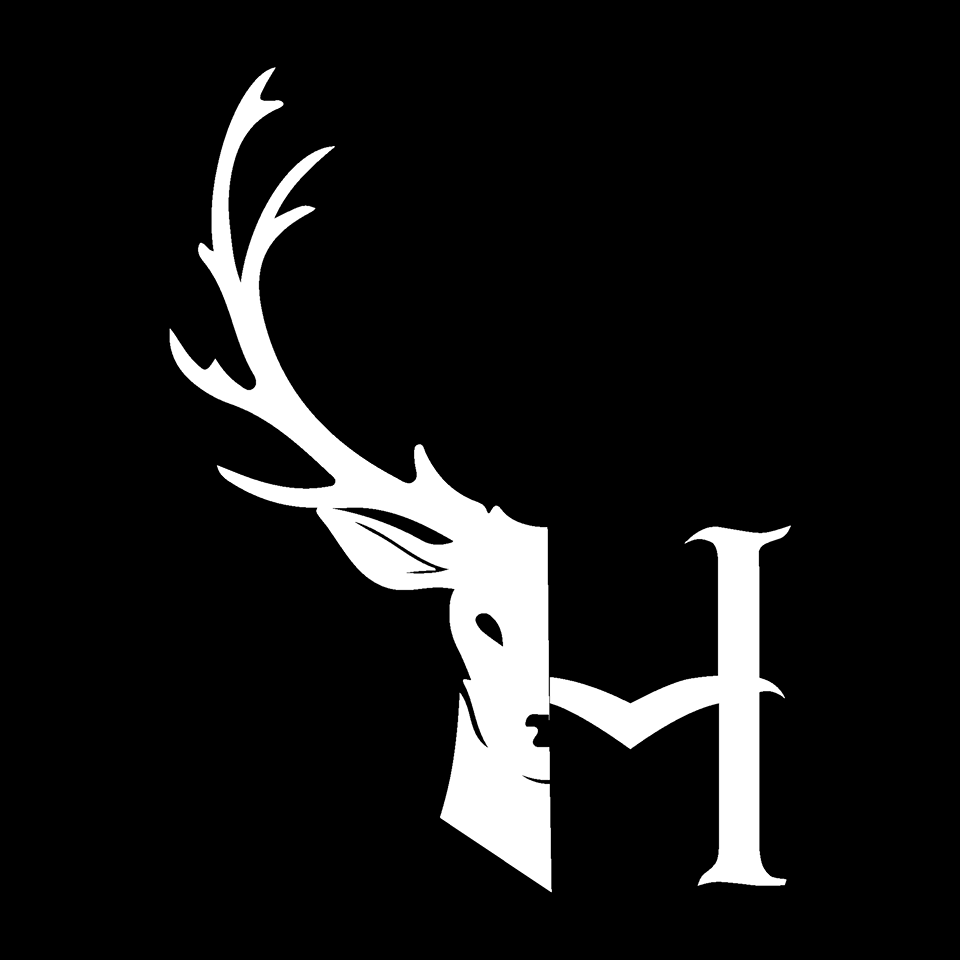Deadly Darkness
Like every other Sunday night, after dinner I let the dogs out before I retire to my office to write this week’s blog post. As soon as the patio door slid open my ears were filled with the noise of blood curdling shrieks soaring high above our farm in the crisp November air. From my limited knowledge, it sounded like a medium sized rodent pleading for its life while struggling in the talons of it’s attacker. Squirrel is on the menu tonight. Party of one.
This scene is bound to play out many more times over the next few weeks as predator species such as hawks, owls, coyotes, foxes, and more are starting their caloric load in preparation for winter.
As a “farmer” I need to be aware of this and ensure my flocks and my herds are protected. I don't mind a couple squirrels being sacrificed to the sky bandits, but I draw the line at my chickens and my ducks. And I pity the coyote that decides to try and make a meal out of our barn cat or pig.
Here are some great late fall/early winter tips on keeping your pets and livestock safe from night time predators.
Supervise (seriously, this is the most important one!)
Letting your pets out unattended is a recipe for disaster. If you have small dogs or cats, make sure that you are in the yard with them. To a predator the presence of a human being in the yard gives them pause on wanting to eat “fluffy”. Naturally the predator species, being it a hawk, owl, or coyote, knows that human beings are trouble and will usually avoid them at all costs.
Turn On Your Lights
Having lights in your backyard or around your animal shelters is a fantastic preventative measure. Even though I love the peace and quiet of country life, my back yard lights up like downtown Cinci when our dogs are out. I also have motion activated high lumen LED flood lights on our chicken coop, duck house, and in the pig pen. Night predator species prefer the dark, if they can sneak in, grab their prey, and get out they will. Having a well lit space will deter them from wanting to enter your yard and likely they will go to your neighbor’s darkened yard for their next meal.
Avoid Walks at Dusk and Dawn
These are the prime hunting times for a lot of animals — especially coyotes, — so try to avoid walking your dog at dusk and dawn. If they must go out, don't let them run loose. Keep your dog on a leash at all times and close to your body. NEVER walk in the woods at dusk or dawn with your dog off leash, if you insist on doing it, make it mid day, but coyotes can also be active during the day, so you'll always want to be on alert.
Pick Up Your Yard
Make your yard as unappealing to hawks, owls, and coyotes as possible. Clear away nesting materials like sticks and dried brush, and remove all bird feeders. This cleanup will also deter creatures like raccoons too.
The Texas A&M University College of Veterinary Medicine and Biomedical Sciences recommends the following tips:
Pick up all pet feces — coyotes are territorial and are attracted to poop.
Discard leftover food and water in outdoor pet bowls.
Secure garbage can lids.
Provide Cover
For birds such as Ducks, Geese, Chickens, and other Fowl, Have a covered run if possible, but if a covered run is not available, position the animals in an area where trees and shrubs provide natural cover to conceal the flock from the air. This also provides shade and better comfort for your birds. The denser cover will also make it more difficult for a hunting raptor to plan and execute an effective attack without maneuvering space.
Hopefully this has given you some techniques and advice to keep your pets and livestock safe during prime hunting season for predator species. It breaks my heart when I see lost cat posters around town this time of year because I can say with a high amount of certainty that most of those cats never made it through the night.
Till Next Time… See ya Folks.
